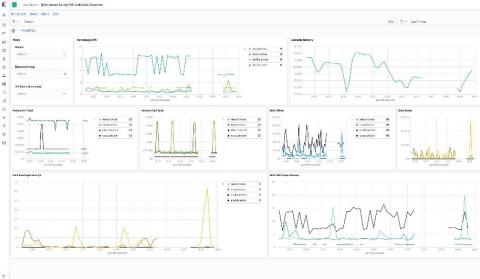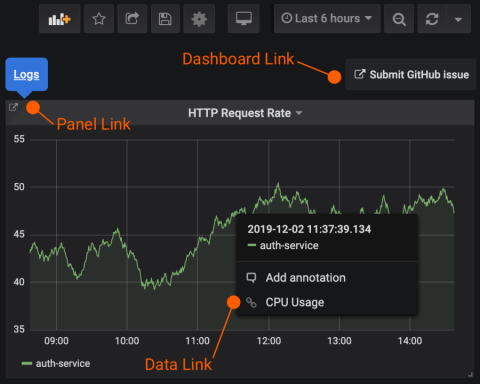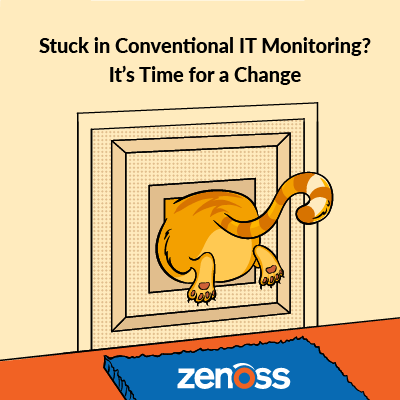New Beats modules for metrics from Azure Monitor, Azure activity logs, and AD activity reports
We are happy to announce that Elastic Stack 7.5 brings support for the Azure Monitor service in Metricbeat and Azure activity logs and AD (Active Directory) activity reports in Filebeat.











